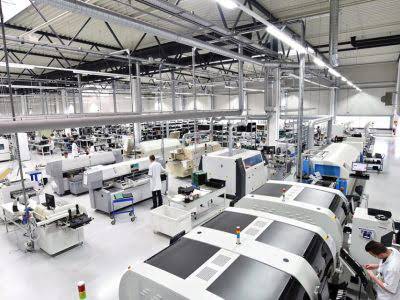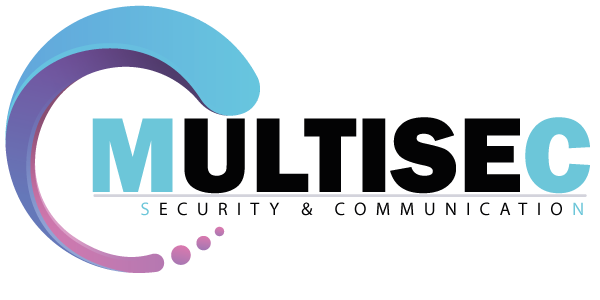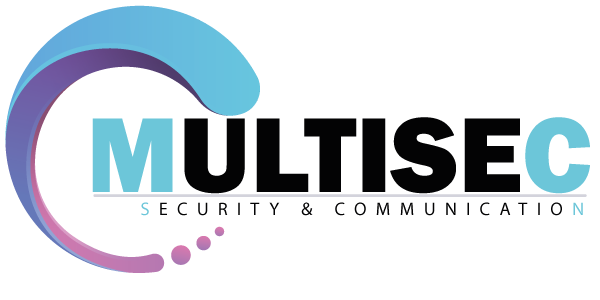
Enterprise owners want to understand company’s overall performance because in numerous situation they may find various versions of the truth. Finance and sales have another version and business units may have their version of the contribution of revenues for the organization. To eliminate unnecessary processes and centralize work, they chose the Oracle NetSuite ERP system. Immediately, Fulton & Rourk was better able to identify accounting errors related to inventory, eliminate costs from employing third parties to evaluate their financial records, and better report financial positions. ERP software also provides total visibility, allowing management to access real-time data for decision-making. ERP applications also allow the different departments to communicate and share information more easily with the rest of the company.
Enterprise resource planning (ERP) is defined as the ability to deliver an integrated suite of business applications. ERP tools share a common process and data model, covering broad and deep operational end-to-end processes, erp defined such as those found in finance, HR, distribution, manufacturing, service and the supply chain. ERP systems are based on a variety of different modules that are there to support specific business processes.
What’s the difference between ERP and financials?
The most traditional kinds of ERP are those that are housed on-site at a business’ physical data center. For an ERP housed at a business’s premises, the business must maintain and implement the system itself, rather than relying on online solutions. ERP of this kind are some of the earliest systems, which rose to prominence in the 1990s when the internet was just beginning to develop. While big companies have long used ERP to manage their processes, more and more small businesses are also adopting ERP to boost efficiency and sustainable growth. In this article, you’ll learn more about what ERP is exactly, its benefits, how it work, and what industries use it today.
Accounting is just one module in a long list of other features that ERP technology can provide. The ERP software is built for industry-specific requirements and can be molded to fit almost any company’s needs. Enterprise resource planning systems can decentralize decision-making process at all level. It also allows users to have real-time access to the same data, such as production status and financial reports. From paper cards to mobile devices
The history of ERP goes back more than 100 years. In 1913, engineer Ford Whitman Harris developed what became known as the economic order quantity (EOQ) model, a paper-based manufacturing system for production scheduling.
Cost Reduction
However, in the past decade or so, many large enterprises have moved to a hybrid model, adding cloud modules for HCM, finance and SCM. Companies involved in manufacturing or distribution typically add a supply chain management (SCM) module to track inventory levels and manage warehouses and transportation across the supply chain. If their business needs are complex, they might add a warehouse management system (WMS) and transportation management system (TMS) — perhaps from different software vendors — to manage these logistics functions.

Enterprise resource planning (ERP) is a platform companies use to manage and integrate the essential parts of their businesses. Many ERP software applications are critical to companies because they help them implement resource planning by integrating all the processes needed to run their companies with a single system. One example of ERP is industry-specific ERP systems that meet the specific requirements for those business types and offer industry-specific capabilities like materials planning and specialized manufacturing records management. Because these systems offer such tailored features, businesses don’t have to do too much customization or integrate with many other external tools. Finding cloud applications that complement your legacy ERP software modules lets you immediately take advantage of rapidly advancing new technologies and improving user paradigms.
Enterprise resource planning—Overview
ERP represents the central store of information about a business, and provides the transactional and analysis capabilities for every major functional area of a business. As such, it is the critical system needed for running the operations of a modern business. Get to know tools and software that can help you land a fulfilling career in cloud-based operations and strategy. For the small business market, some vendors make entry-level ERP that comes with core HR, finance and other commonly used modules, such as order management and CRM, and is relatively easy to implement. While stand-alone accounting software and ERP software do present similarly, the two systems are quite different.
- Also, because ERP systems can only be configured in a limited number of ways, most companies will find that they must alter their operating procedures to fit the software, rather than altering the software to fit their procedures.
- These provide complimentary systems that deliver immediate business capabilities and value without a fundamental change in your operations.
- Definitions vary, but midmarket is generally defined as companies with several hundred employees and annual revenues between $50 million and $1 billion.
- In 1913, engineer Ford Whitman Harris developed what became known as the economic order quantity (EOQ) model, a paper-based manufacturing system for production scheduling.
- Like many other businesses, the North Carolina company used spreadsheets to track inventory and accounting software to record financial data.
- The three most common types of ERP are on-premises, cloud-based, and hybrid ERP.
It is used to capture, store, handle and analyze data from many company activities such as product planning, expense, distribution of production or service, sales and marketing, inventory control, shipping and payment, and so on. In contrast, cloud ERP usually requires less upfront money because it is paid for typically through a monthly subscription; though, over time, the fees can cost more than a license. The biggest savings usually come with multi-tenant SaaS ERP, a type of cloud ERP where different customers share the same copy of the software, which provides economies of scale that allow the vendor to pass some savings along. SaaS ERP also tends to be more streamlined and support fewer business processes than on-premises ERP, but this simplicity usually makes it easier to use.
Material Requirements Planning (MRP) – A system designed to react to demand for raw materials and finished goods. It ensures that enough materials are available for production, enough finished products are available to deliver to customers, and that the lowest amount of materials and products needed are on hand. If you’re ready for an ERP software solution that provides a single source of truth for your businesses’ most important functions, contact us today, and let us be your partner for success. But now, you may be wondering what the next steps are on your ERP journey. On the other hand, businesses that use ERP systems tailored to the needs of their specific industries are able to benefit from specialized functionality designed for their unique challenges. As a result, these organizations are able to drive peak efficiency, gain rapid ROI and grow their businesses more quickly.
- ERP software consists of business applications that are all connected and share one common database, therefore decreasing the number of resources necessary to run the business end to end.
- While financials handles one area of the business, ERP encompasses a wide range of business processes—including financials.
- Cadbury, a global confectioner and maker of the popular chocolate Cadbury egg, also successfully implemented an ERP system.
- Other prominent vendors include Epicor, IFS, DELMIAworks (formerly IQMS), Plex Systems, QAD, Syspro and Unit4.
- These days, roughly 87% of all businesses with more than 250 employees use them, while just over half of all companies with 50 employees or more do so.
In the 1990s, ERP was introduced, combining accounting, finance, sales, manufacturing, inventory, human resources, and project management. As we’ve outlined above, one of the biggest benefits of ERP software is its ability to house all of your business data in one single place, but it should not be viewed simply as an idle repository. The best ERP software also actively streamlines workflows, optimizes processes and even automates key tasks. Whether it’s financial reconciliation, production scheduling, picking and packing in the warehouse or order management, an ERP solution helps you take care of many business functions.


Leave a Comment